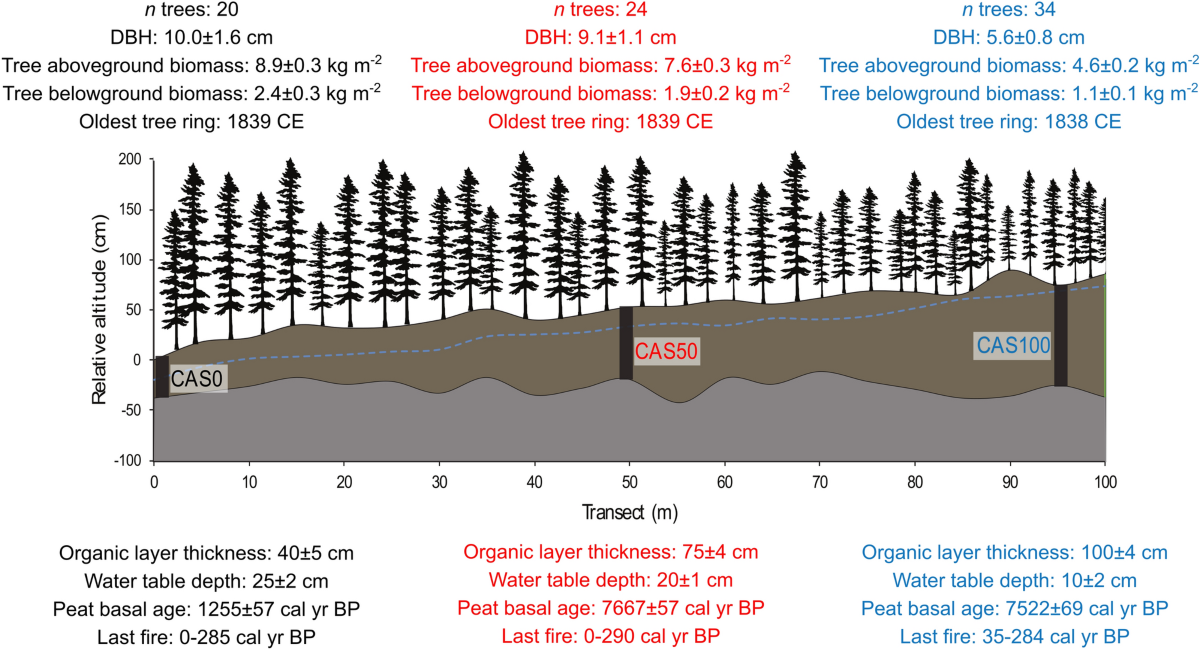Context:
A recent study reveals that peatlands, which store more carbon than all the world’s forests combined, are alarmingly underprotected. The study published in the journal Conservation Letters February 12, 2025 revealed that at least 27 per cent of the world's peatlands are located on indigenous peoples’ lands, where these communities have protected them.
Key Findings of the Study
- Limited Protection: Only 17% of peatlands are within protected areas, with just over half of these being strictly protected.
- Protection by Region: Boreal peatlands are 16% protected, while temperate and tropical peatlands are both 27% protected, with 8% strictly protected in tropical regions.
- Regional Disparities: Countries like China and India show higher levels of protection for their peatlands.
- Comparison to Other Ecosystems: Peatlands are less protected than other ecosystems, such as mangroves (42% protected), salt marshes (50% protected), and tropical forests (38% protected).

About peatland
A peatland is a type of wetland characterized by soils made up of organic matter from decaying plants, forming layers of peat. These ecosystems develop due to the incomplete decomposition of organic material, typically plant litter, which occurs because of water-logging and subsequent lack of oxygen (anoxia).
Peatlands are unique landforms that result more from biological processes than physical ones, often exhibiting distinctive shapes and surface patterns as they evolve over time.
The Importance of Peatlands
- Carbon Storage: Despite covering only 3% of Earth's land, peatlands hold the largest amount of carbon on land.
- Natural Buffers: They act as natural water filters and help mitigate environmental disasters.
- Biodiversity and Livelihoods: Peatlands support diverse species, including freshwater fish and endangered species, while providing food and fuel to local communities.
Threats to Peatlands
- Drainage and Land Conversion: Damaged peatlands contribute significantly to global CO2 emissions, responsible for nearly 5% of anthropogenic CO2 emissions.
- Overgrazing: Peatlands in mountainous areas are particularly vulnerable to degradation from overgrazing.
- Peat Extraction: Peat is extracted for use as fuel and in horticulture, leading to habitat destruction.
Initiatives for Protecting Peatlands
- Global Peatland Initiative: Led by the UN Environment Programme, this initiative aims to accelerate conservation efforts.
- Ramsar Convention (1971): An international treaty dedicated to wetland conservation, including peatlands.
- Wetlands Rejuvenation Programme: Launched by India’s Ministry of Environment, Forest and Climate Change (MoEFCC) in 2020, this program aims to restore over 500 wetlands across India.
- Amrit Dharohar Scheme (2023-24): This scheme focuses on optimizing wetland utilization in India, enhancing peatland conservation efforts.
Conclusion:
Peatlands are vital ecosystems, yet their protection remains insufficient, requiring more focused global and regional conservation efforts to safeguard their environmental, biodiversity, and carbon storage benefits.







